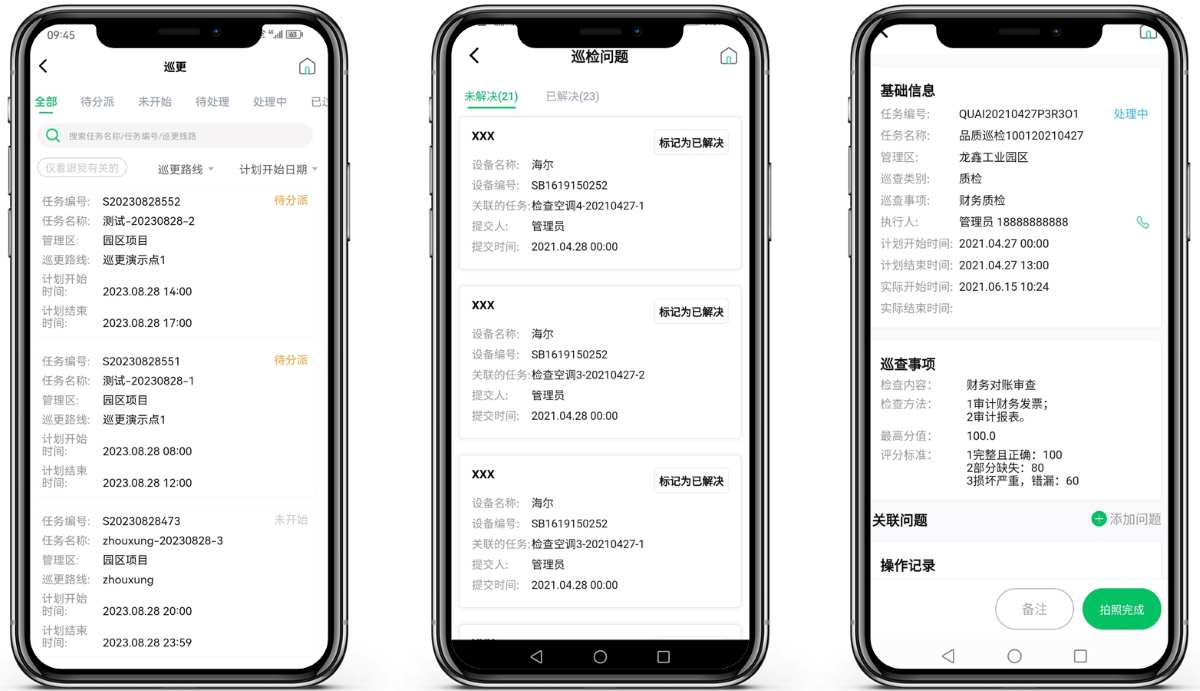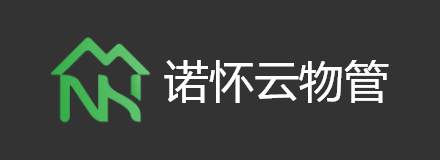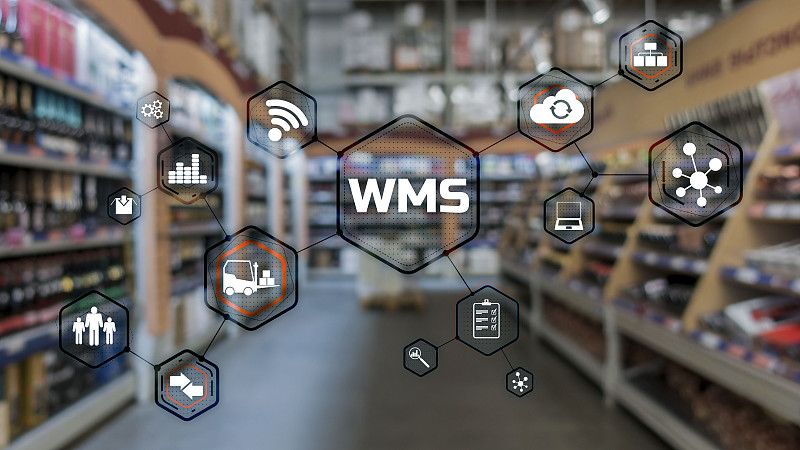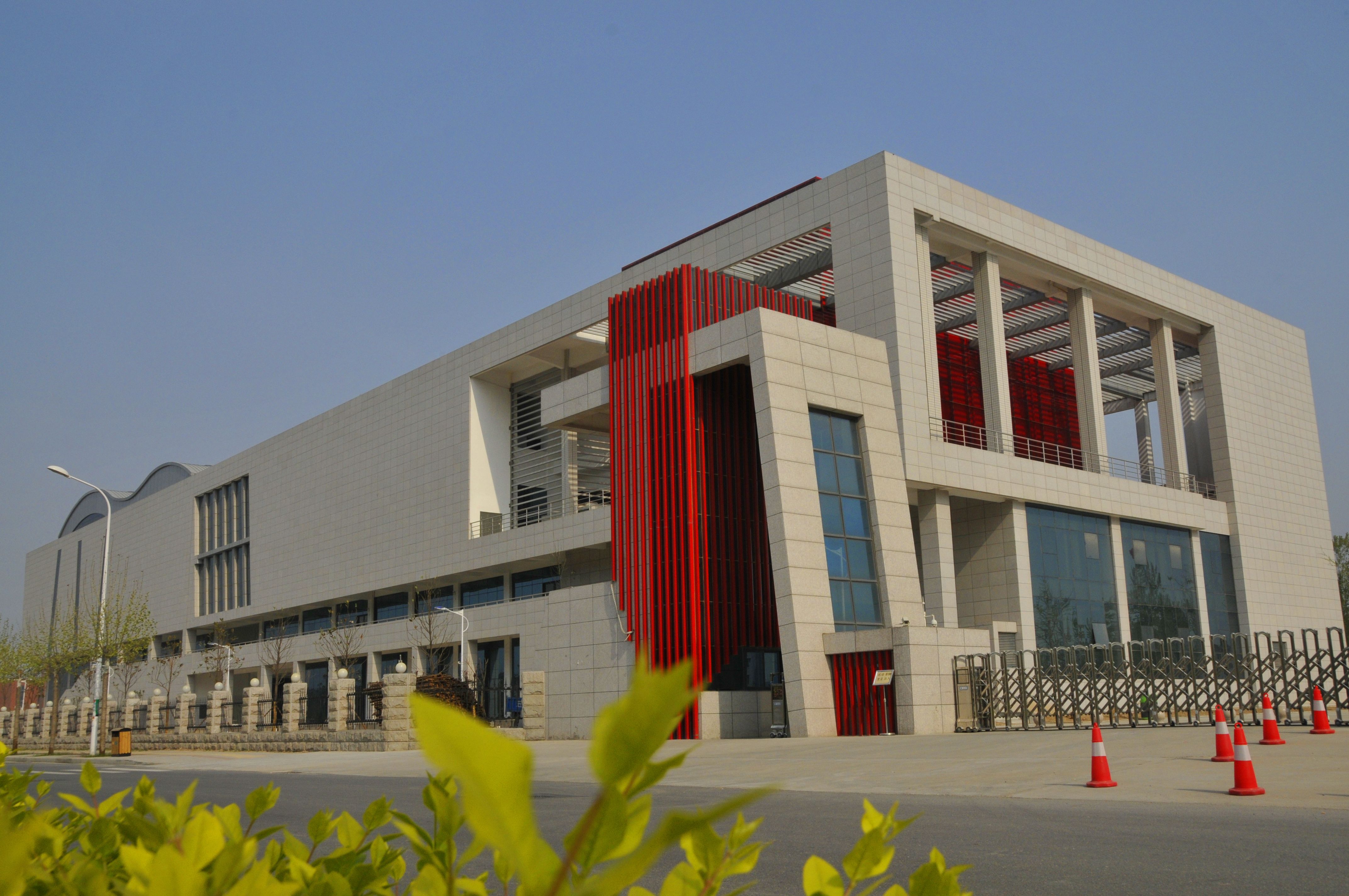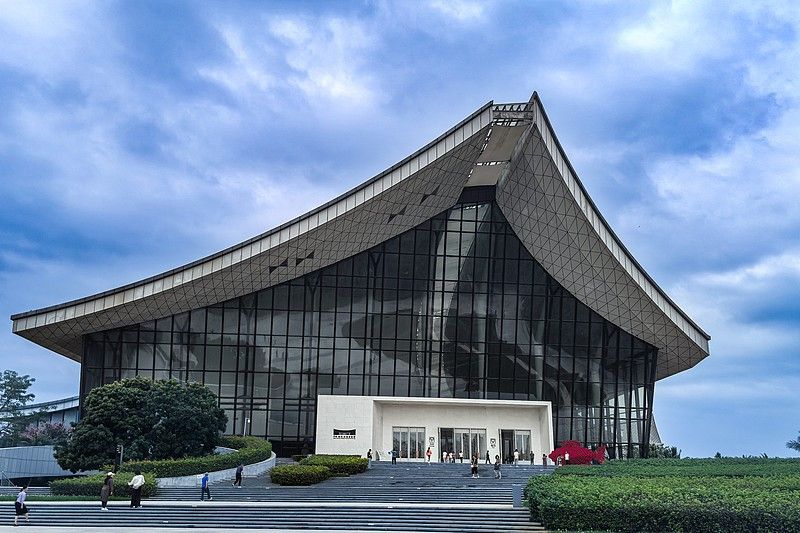安保管理 The puzzle
the security industry is facing difficulties in recruitment, training and staff turnover
Security company costs not only involve manpower, but also a large number of equipment procurement and maintenance costs, which put pressure on security company operations
enterprises lack effective means to reach customers. under the background of serving a large customer base, it is not realistic to notify payment and collect arrears from door to door
wide service, many projects, many accounts, complicated payment situation, various reconciliation problems reduce reconciliation efficiency, and unclear collection of overdue accounts
there are many formats, leaders cannot see the project operation in a global way, lack the basis for operation decision-making, and there is no risk warning for enterprise operation
every billing cycle, overtime is the norm, time-consuming and labor-intensive and error-prone, affecting business decisions
Feature Highlights








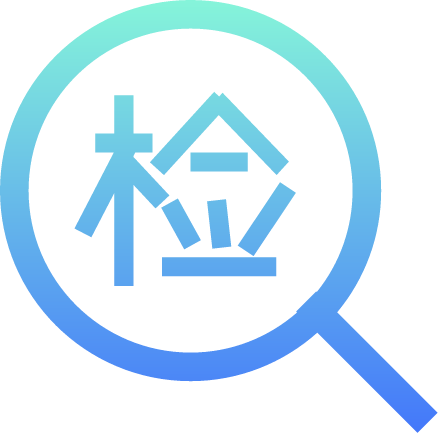






Improve the logistics asset management system, material full cycle online control
Full-chain asset control
Track the whole process from procurement to scrap, accurately grasp the status and whereabouts of assets, and prevent loss.
Efficient inventory management
With the help of scanning code and RFID technology, accurate inventory is generated to assist purchasing decision-making.
Intelligent warning protection
Set thresholds according to key asset indicators, and notify relevant personnel in case of alarm.
Data Empowerment Decisions
Collect and visualize multiple asset data to optimize resources and reduce costs
Mobile Office Collaboration
Staff mobile terminal collection, repair, mobile office approval, speed up the process

The intuitive and simple shift arrangement and attendance system can still play well when you are old.
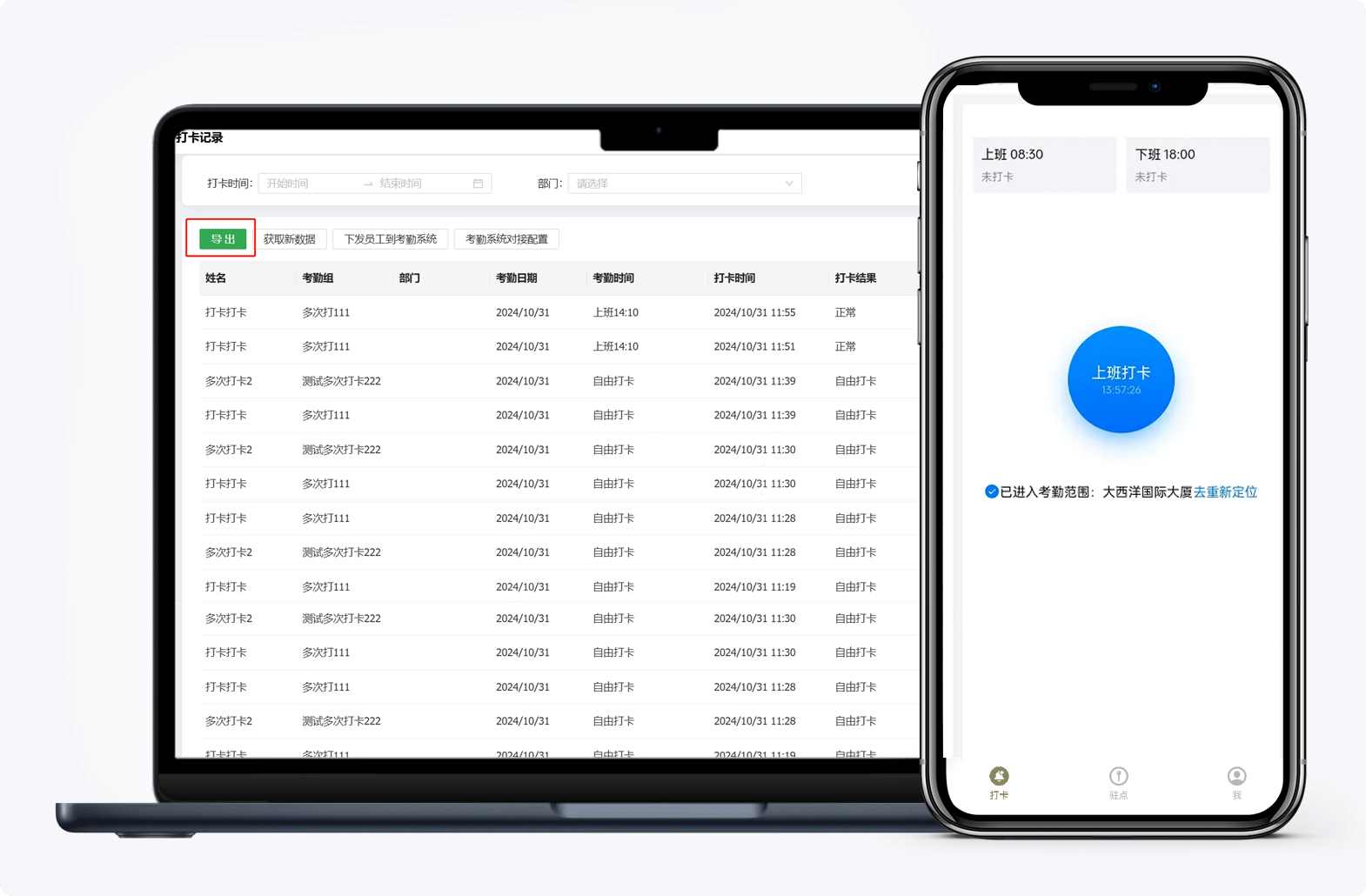
Intelligent adaptive scheduling
Medical care and hospital patients report for repair to public areas, departments and wards.
Intuitive visual presentation
With the help of calendars and charts, the details of scheduling are visually presented, so that employees and managers can know the work arrangement at a glance and reduce communication costs.
Accurate multiple attendance
In view of the particularity of scattered security posts and different attendance times, a combination of clock-in, positioning, patrol track verification and other methods is adopted to accurately record attendance and lay a solid foundation for salary and performance evaluation.
Data Depth Optimization
Collect and analyze data such as scheduling rules and attendance fluctuations, continuously optimize scheduling strategies, balance workload and improve efficiency.
Digital Large Screen Unified Dispatching Center
multi-source data integration
Integrate multi-system data within the enterprise, such as financial and business data, to break the information island, provide a comprehensive perspective, facilitate cross-departmental collaborative analysis, and improve decision-making efficiency.
Data visualization presentation
Transform complex data into visual charts and graphs to make massive amounts of information clear at a glance for quick decision-making.
One-screen management
Managers grasp the company's operational dynamics through a large digital screen.
enhance corporate image
Cool visual effects in the exhibition hall, monitoring center and other scenes to strengthen information transmission, enhance the external competitiveness of enterprises
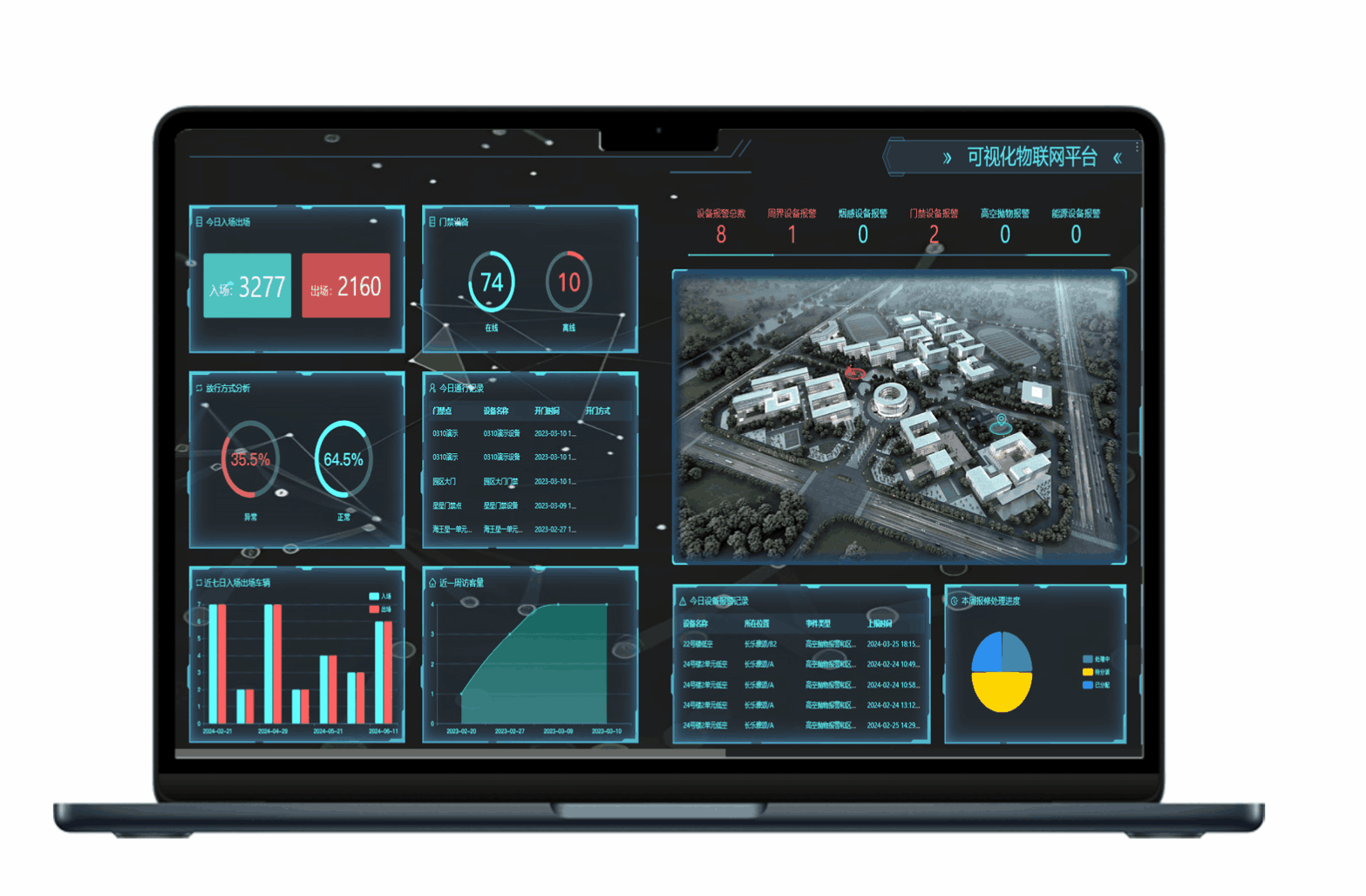
Custom Workflow
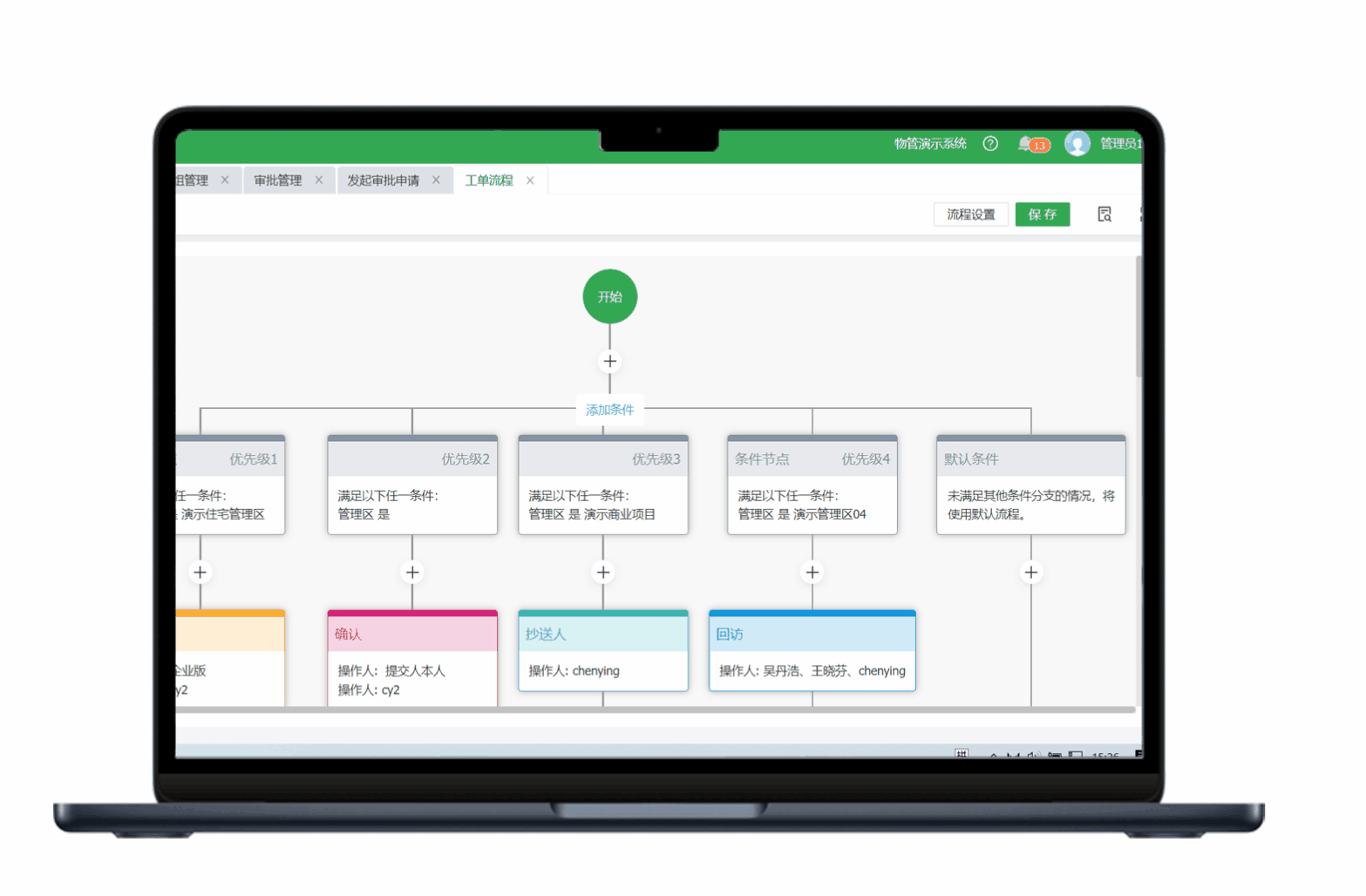
Customize the enterprise-specific workflow in a few simple steps
Enterprises customize task processes on demand to adapt to diverse businesses
Visual process design
Workflow, operation nodes, and process trends are presented in an intuitive graphical interface to get started quickly.
Real-time process tracking and alerting
The system automatically sends reminders of task expiration and circulation to prevent delays, and can be connected to office systems such as DingTalk and enterprises.
Fine-grained permission control
Different process nodes accurately allocate permissions to ensure information security and benefit management regulation.
Intelligent security patrol inspection system
Flexible setting of patrol points, autonomous route generation
Support increase, decrease and move, adapt to changes in places, and focus accurately Security key points can be signed in according to the order of patrol points or freely. Generate patrol roadmap
Diversified Patrol Methods
Support fixed point inspection, mobile point inspection, offline inspection Support two-dimensional code, NFC, Bluetooth sign-in
Precision patrol mission
According to the post to the security personnel to send a list, clear the inspection points of each patrol point, Simple mode and multi-option checklist mode can be used to meet different needs. Customer demand for patrol
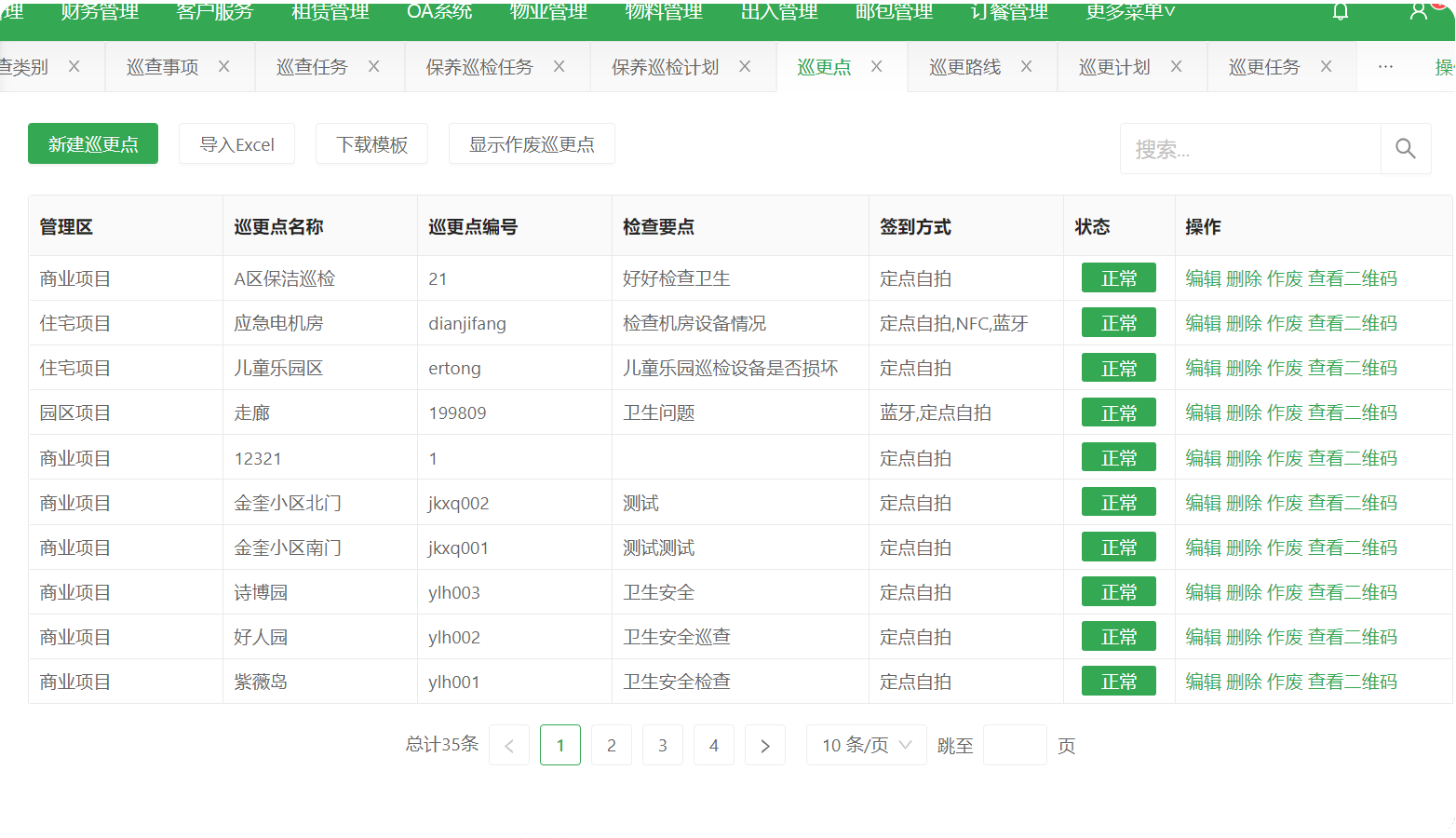
Emergency one-click reporting
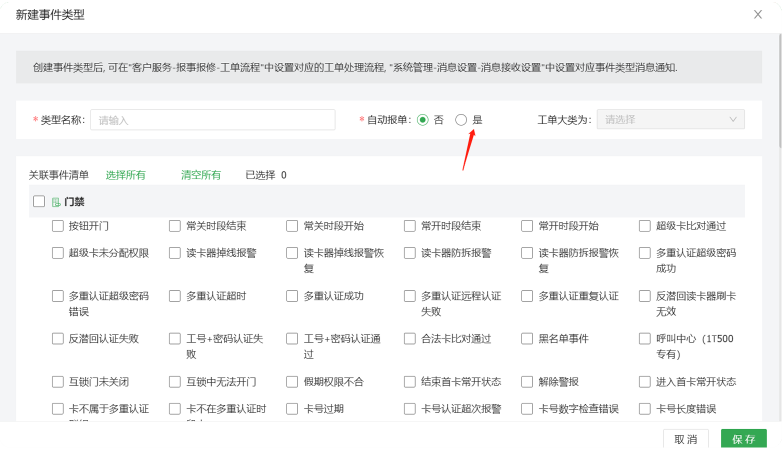
One-click reporting of incidents/hazards
Employees can report in real time by mobile phone, which is convenient and fast.
Sector collaboration
You can choose whether to generate work orders for collaborative processing by colleagues in other departments, which is fast and efficient.
Event Center
Manage and record alarm events in a unified way, and define the event types of alarm events And the corresponding business scenarios, and can be associated with the work order system and message alert system.
Convenient mobile operation
Efficient task management and execution
The system accurately pushes tasks to the security mobile terminal according to their duties. Security patrol encountered an exception, the mobile terminal reported with one key
Efficient and smooth communication and collaboration
Multi-department efficient linkage, rapid handling of problems, improve customer satisfaction
Convenient data recording and query
The system automatically records security patrol, clock-in and other work tracks Security personnel mobile terminal can quickly query all kinds of historical data
Convenience and real-time
Office anytime, anywhere, can be offline patrol Mobile terminal real-time monitoring, at any time found abnormal efficient processing
